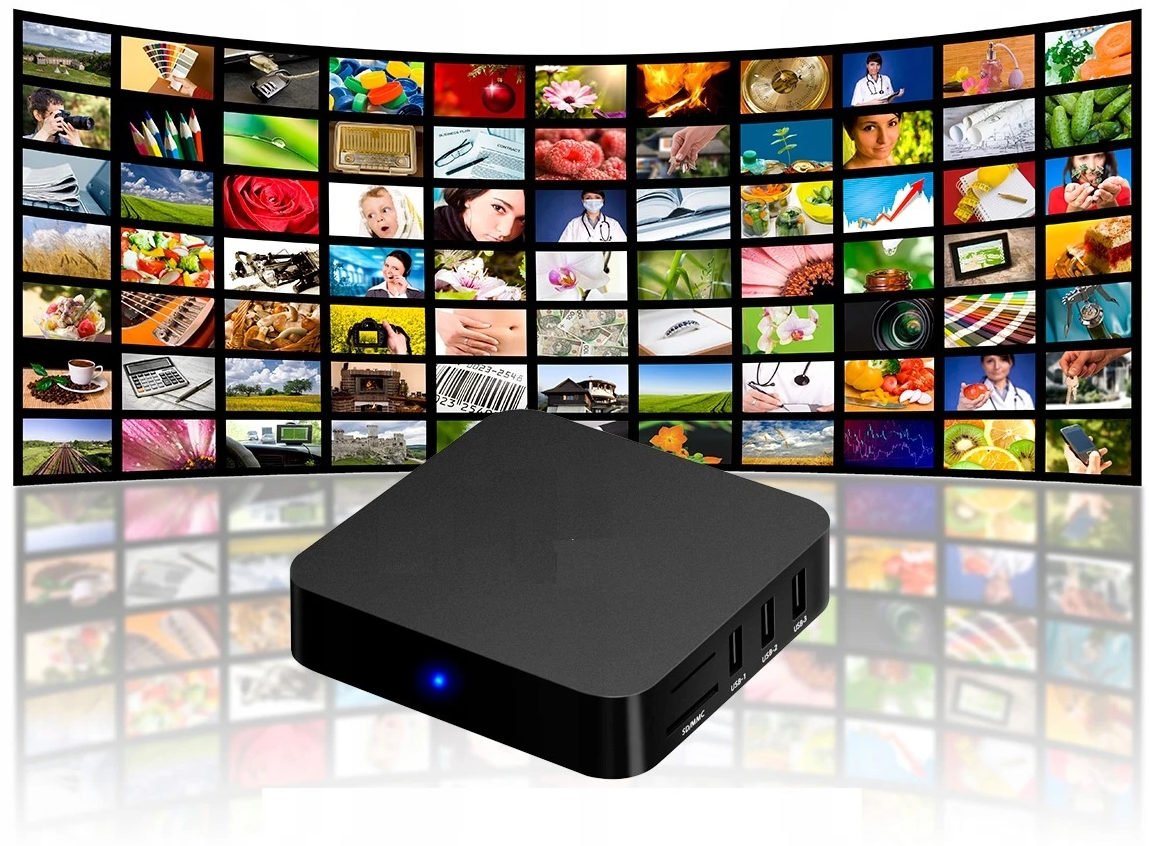Motorola One Pro: is the smartphone worth its $570?
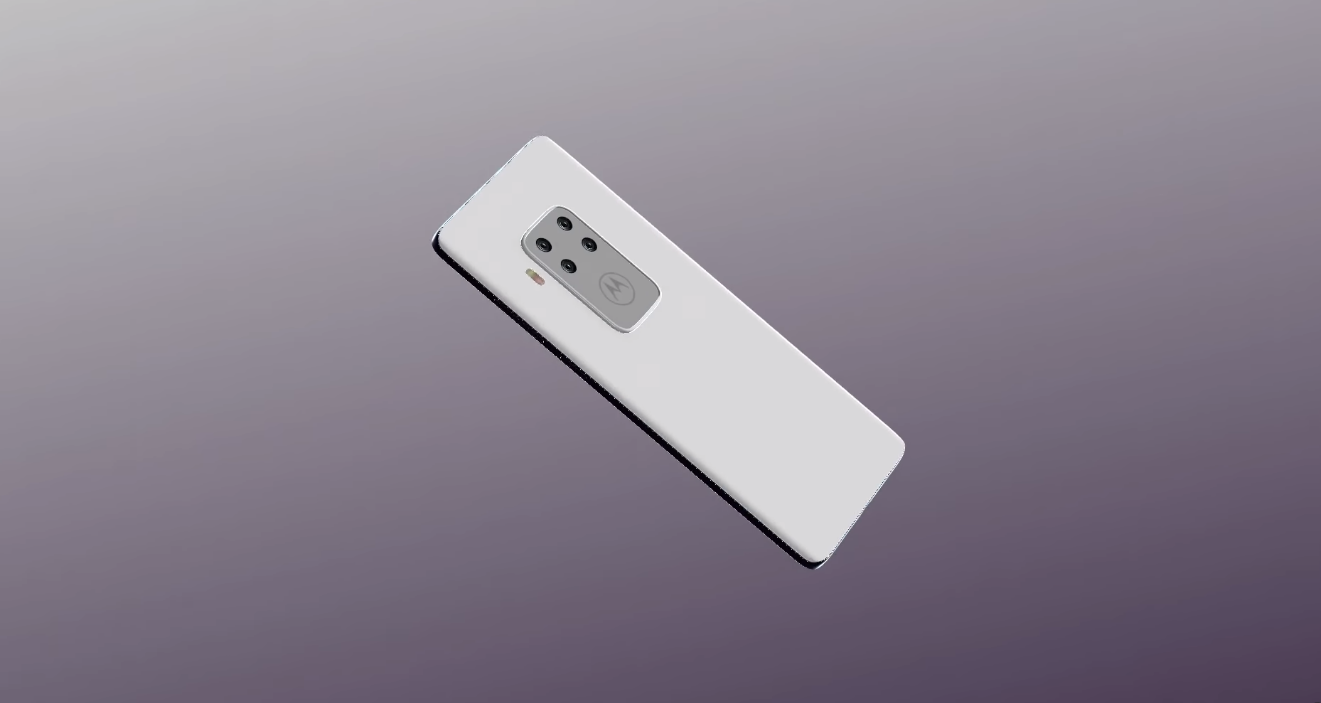
The mobile industry has entered the life of every inhabitant of our planet so firmly that we not only carry smartphones with us everywhere, but also sleep next to them. The history of mobile phones began more than sixty years ago - in 1957! It was then that Leonid Ivanovich Kupriyanov created a mobile phone that weighed as much as three kilograms - LK-1. About twenty years later, in 1973, Motorola officially developed and began selling the first push-button mobile phone in the form familiar to us. For more than forty years, the company continues to produce mobile phones. In the second half of 2019, Motorola should release a new smartphone from the “One” branch - Motorola One Pro.
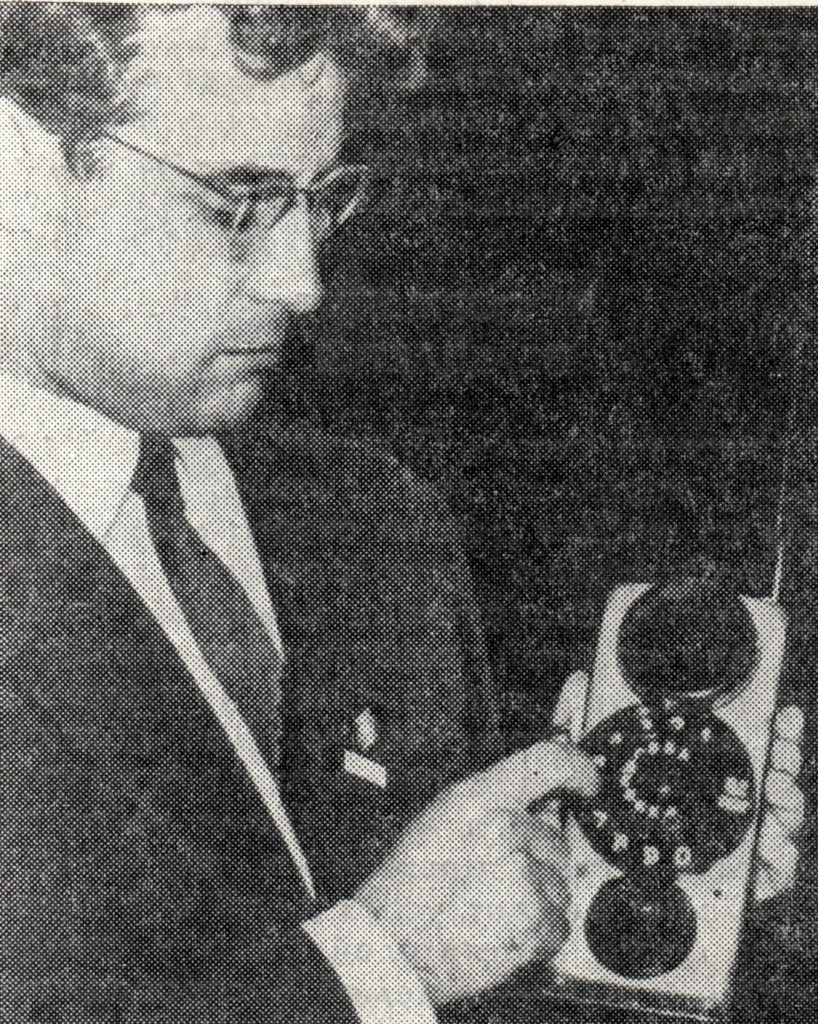
The One line includes such models as Motorola One Power, Motorola One Vision, Motorola One Action. The pro version will differ from its counterparts in terms of price, better performance, hardware. With the release of the branch, many will begin to wonder: “Which model is better to buy?”."Proshka" will definitely be more cheerful than the rest, so today we will consider its characteristics and decide whether it is worth taking this device or it is better to look for something better for such a price. Let me remind you that the One branch is announced as inexpensive smartphones, cheaper than Z and more expensive than G.
Content [Hide]
Specifications Motorola One Pro
| Net | Technology | GSM / HSPA / LTE |
|---|---|---|
| Start of sales | the date | unknown |
| Frame | The size | 158.7 x 75 x 8.8 mm (6.25 x 2.95 x 0.35 inches) |
| The weight | - | |
| SIM card | Single SIM (Nano-SIM) or Dual SIM (Nano-SIM, dual stand-by) | |
| Protection | Splash and dust resistant. | |
| Display | Matrix | Super Amoled, colors - 16M |
| The size | 6.2 inches, 94.4 cm2 (~79.3% screen-to-body ratio) | |
| Permission | 1080 x 2340 pixels, 19.5:9 ratio (~416 ppi density) | |
| Protection | Gorilla glass | |
| Iron | OS | Android 9.0 (Pie) |
| CPU | Qualcomm Snapdragon 855 (7nm) | |
| CPU | Octa-core (1x2.8 GHz Kryo 485 and 3x2.4 GHz Kryo 485 and 4x1.7 GHz Kryo 485) | |
| GPU | Adreno 640 | |
| Memory | Slot | microSD, up to 256 GB |
| permanent, active | 128 GB, 8 GB RAM | |
| Main camera | Four | 48 MP, f/1.6, (wide), 1/2", 0.8µm, PDAF, 3 unknown cameras |
| Characteristics | Dual LED Dual Color Flash, Panorama, HDR | |
| Video | ./60fps | |
| Front-camera | Single | 25 MP |
| Characteristics | HDR | |
| Video | ||
| Sound | Speakerphone | Yes |
| 3.5mm jack | Yes | |
| Active noise cancellation with dedicated microphone | ||
| Connection | WLAN | Wi-Fi 802.11 a/b/g/n/ac, dual-band, Wi-Fi Direct, hotspot |
| Bluetooth | 5.0, A2DP, LE, EDR | |
| GPS system | Yes, with A-GPS, GLONASS, BDS | |
| NFC | Yes | |
| USB | 3.1 Type-C 1.0 reversible connector | |
| Equipment | Sensors, sensors | Fingerprint (under display), accelerometer, gyroscope, proximity, compass |
| Battery | Non-removable lithium-ion battery | |
| Charger | Fast battery charging | |
| Miscellaneous | Colors | Black, Brown, Purple |
To begin with, let's determine in which price segment the product is located - they are going to sell it for about 35 thousand rubles or $ 557, which definitely does not make it the best budget choice. Such a price goes beyond the average price segment - from 10 to 20 (maximum up to 25) thousand rubles. Given the volatility of the currency, its value in Russia may even increase.
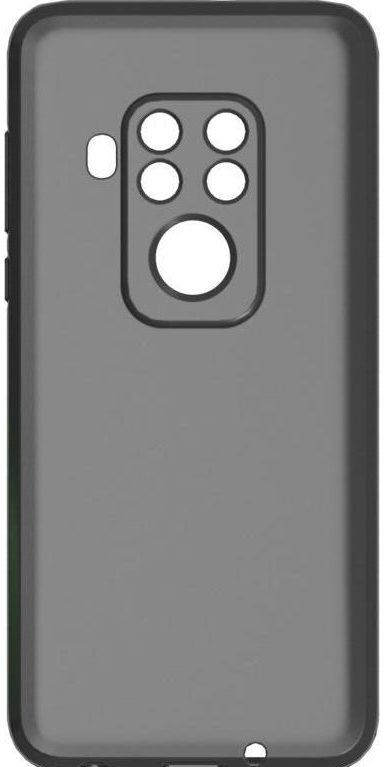
Based on the price tag, we will compete with three smartphones up to 40 thousand rubles. Some cost more than two or three thousand. However, if you look for where it is more profitable to buy equipment, you will be able to save up to 4000-5000. The main rivals of Motorola One Pro are: Huawei P20 Pro (up to 40,000 rubles), OnePlus 6T (up to 44,000 rubles), Huawei Mate 20 (up to 42,000 rubles). Absolutely all three competitors were released for sale a year ago - in 2018, so a comparison with last year's new products will show the relevance of the device.
The design of the novelty plays a huge role in sales. However, the Motorola company did not get too confused over it, and the only thing that distinguishes the “bug” is four cameras. Otherwise, the smartphone is mixed in that huge stream of new products that try to imitate big brands like Apple or Huawei - a waterdrop notch and no bezels (this is neither good nor bad).The phone doesn't have a style of its own, especially since the leaked footage suggests that the next iPhone will also have four cameras. The new Motorola will be sold in five colors: black, white, gold, silver, blue. Thanks to such a variety of colors, everyone will find the right color.
Let's deal with all the advantages and disadvantages of the Motorola One Pro smartphone.
Frame
The case of the new device is made of an alloy of aluminum and glass. Metal inserts were abandoned so that the phone did not feel like a brick in the hand. The width is 75.4 mm, it does not reach 160 mm (158.7 mm) in length, and weighs 180 grams. You can’t exactly call it thin - 8.8 mm, almost 9. We decided not to use plastic in order to achieve better reliability and beauty.
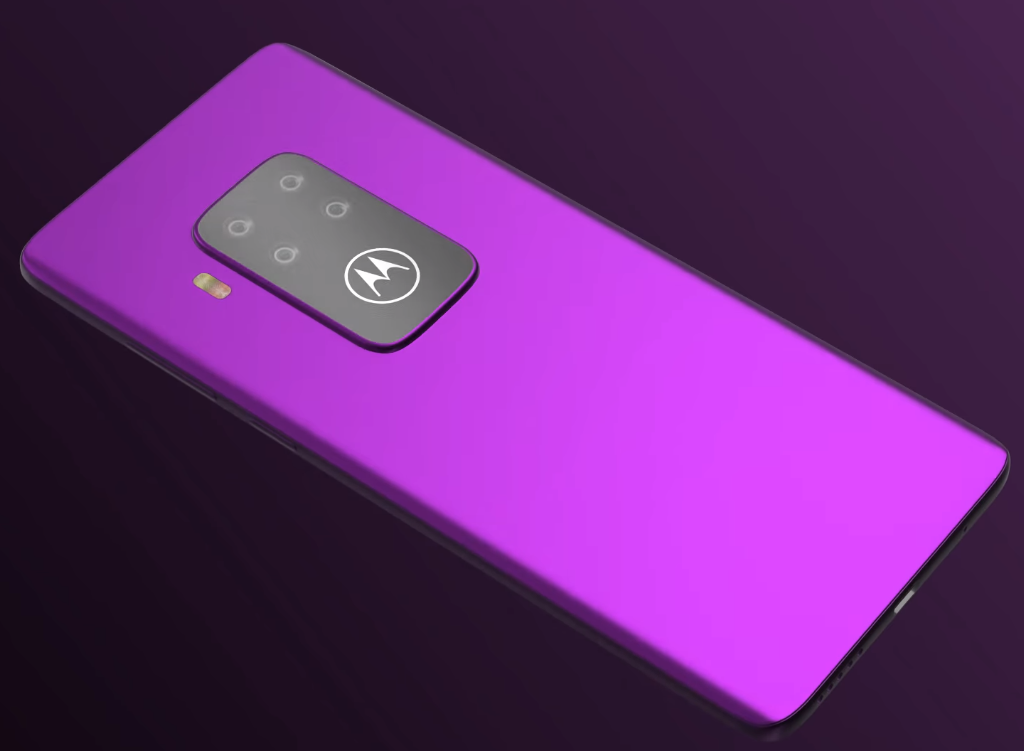
Screen
The screen is considered to be one of the most important components of every device. Motorola has supplied a superb Super Amoled display. Many people love him so much because he perfectly conveys black, much better than IPS matrices. However, the color reproduction of IPS screens is an order of magnitude higher. Super Amoled PWM or flicker, which makes the eyes tired very quickly, is below 300 hertz, making it noticeable to the eye. Such matrices serve less than IPS. But Super Amoled surpasses the competitor in the following parameters: thickness and response time, better black reproduction, a huge margin of brightness, which makes working in the sun not at all a problem.
Diagonal by the standards of 2019 is standard - 6.2 inches. The resolution will please those who like to watch videos on YouTube, movies or play games - the screen resolution barely reached Quad HD, but there is support for FullHD + (1080 x 2340 pixels).The pixel density for the price tag of $ 557 does not cause any complaints - it is 416 ppi. The screen transmits up to 16777216 colors (24 bits). Ratio 19.5:9. The display takes up about 82% of the device. There is a small teardrop notch, similar to Xiaomi Redmi Note 7, which almost does not distract attention.
As protection, Gorilla Glass, familiar to everyone, will be used, whose version is still unknown.
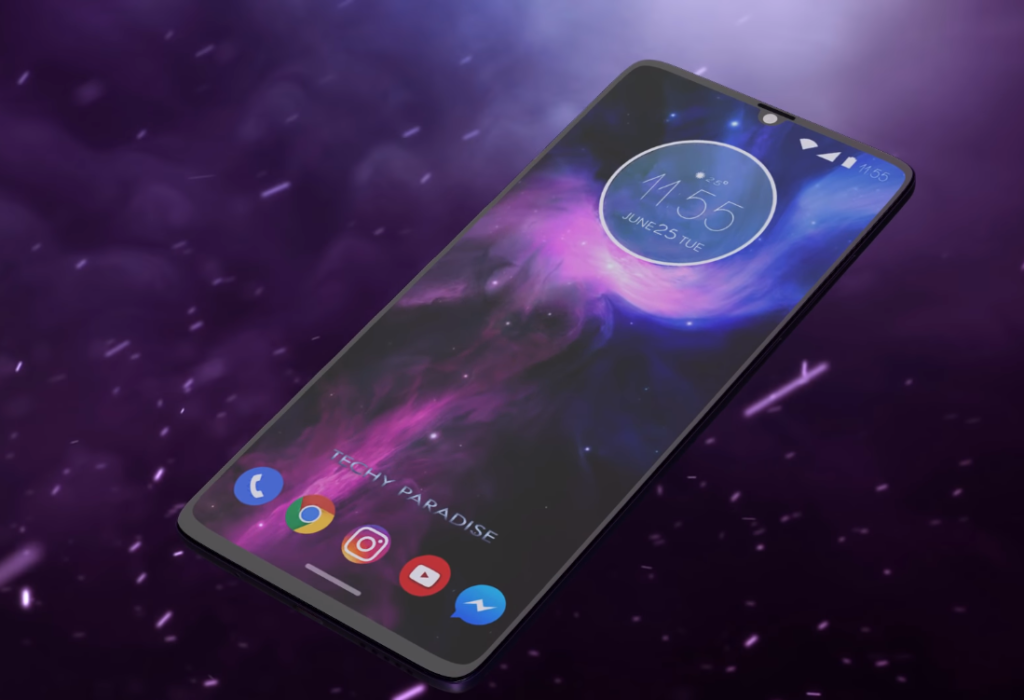
Hardware platform
The speed of the devices is affected by their "innards" or hardware. It's time to consider them in this device.
For this price category, the processor will be delivered simply magnificent, which surpasses the rest of the currently known ones. The latest version of the dragon is the Qualcomm Snapdragon 855, which is considered the best as of July 2019. It is manufactured using a seven-nanometer process technology. Its main difference is support for new generation 5G networks. The maximum data transfer rate is 450 Mbps, and for downloading it is 2.0 Gbps. Adreno 640 is used as a graphics chip, the second in performance after the 680th. All of the above indicators have a huge impact on the speed of work.
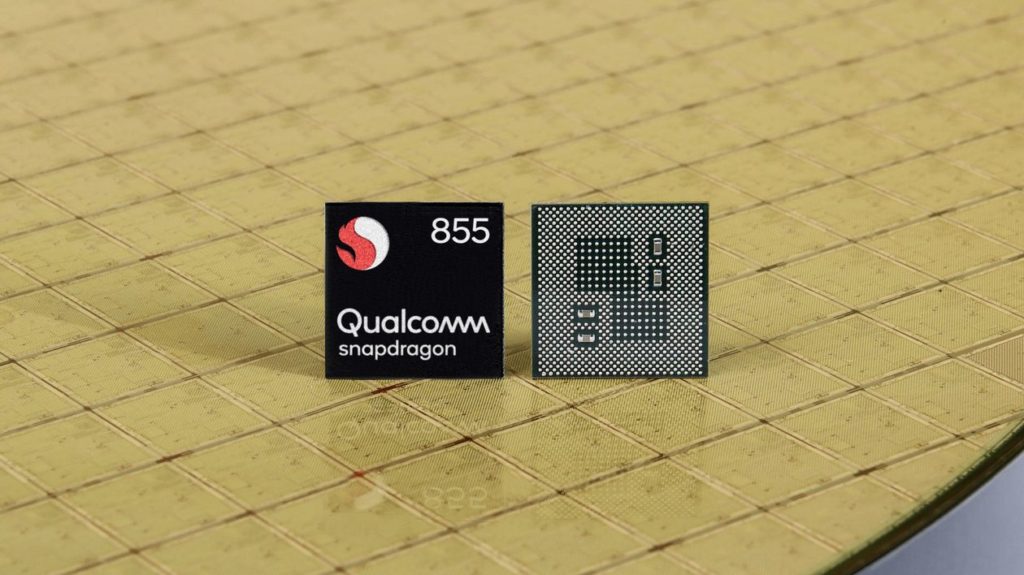
Memory
The amount of memory is important for many users. The more it is, the more applications you can install. The novelty has 128 GB of permanent and 8 GB of RAM. This set is the only one so far. The smartphone also supports microSD cards up to 256GB.
Networks, SIM cards, communication
The phone supports GSM (works on all frequencies: 850 MHz, 900 MHz, 1800 MHz, 1900 MHz ...), UMTS or 3G networks are also available on all available frequencies: 850 MHz, 900 MHz, 1,700/2,100 MHz, 1900 MHz, 2100 MHz .The fourth generation or LTE (4G) communication technology supports the following frequencies here: 700 MHz (Class 17, B12, B28), 800 MHz, 850 MHz, 900 MHz, 1700 MHz/2100 MHz (B66), 1800 MHz, 1900 MHz, 2100 MHz , 2600 MHz, B38 (TDD 2600 MHz), B39 (TDD 1900 MHz), B40 (TDD 2300 MHz), B41 (TDD 2500 MHz), B34 (TDD 2000 MHz).
Note! LTE communication functions correctly only when all frequencies in the network match.
There is support for UMTS (384 kbit/s), HSPA+: HSDPA 42 Mbit/s and HSUPA 5.76 Mbit/s, EDGE, LTE Cat 18 (221.0 Mb/s, 1.2 Gb/s), GRPS.
The new smartphone supports dual sim (two SIM cards), Nano-Sim size.
The following navigation functions are available: GPS, GLONASS, Dual GPS, Chinese BDS.
WLAN networks: Wi-Fi operates in the following modes: 802.11 ac/a/b/g/n/c. It's dual band. There is support for Wi-Fi Direct, hotspot.
bluetooth. The latest bluetooth version is 5.0. There are A2DP, EDR, LE.
Software, gauges, sensors
The developers say that the latest as of July 2019 Android Pie (Pie) 9.0 will be used as the operating system on the phone. It is difficult to say exactly whether it is good or not. On the one hand, there are good system updates, new features, on the other hand, trimmed Android chips (now you can’t view available Wi-Fi networks or Bluetooth devices in the blind, as was done in Android 8.0 Oreo), a lot of glitches, lags and friezes that They promise to fix it in future updates.
The interface, most likely, will be slightly changed by the manufacturer, new applications will be downloaded, icons of some old ones will be changed. However, before the official release (let me remind you, the release date of the phone is still unknown), it is impossible to say for sure about this.
The brand new device will please with the presence of NFC (although it must be present in a phone for 36 thousand rubles), a fingerprint scanner (Touch ID, which is built-in Attention! under the screen), an accelerometer, a compass, a gyroscope. So far, only such sensors and sensors are known.
Battery, supported charging types, connectors
This version of the phone will have a non-removable lithium-ion battery with a capacity of 4000 mAh, so autonomy is one of the best. It is also now known that the device supports fifth-generation fast charging or Quick Charge 5.0. USB connector decided to install Type-C 3.1, for which many thanks to the manufacturer. Since the phone is clearly good for simple and active games, fast charging is definitely needed, because heavy programs, long-term viewing of videos can eat up battery power at a tremendous speed.
As a headphone jack, a 3.5 mm jack, familiar to everyone, was installed.
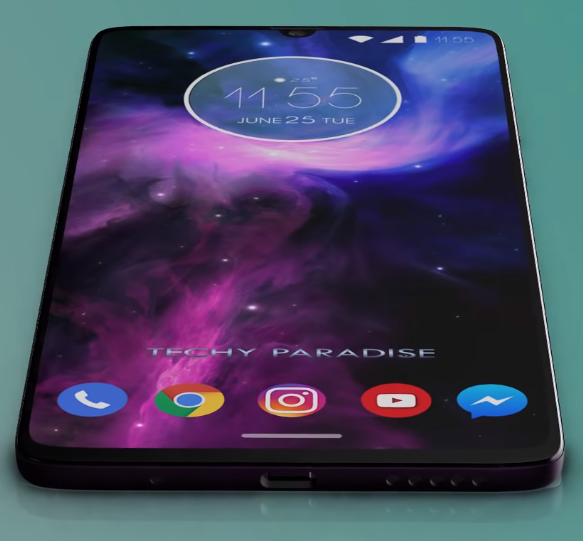
Camera Overview
For several years now, cameras have been one of the main reasons for good phone sales. A huge number of people look not only at the iron, but also at how the device takes pictures. Let's make the best possible review of the rear and front cameras, which is possible at the beginning of July 2019.
Rear camera module
Looking at the design of the new smartphone, one gets the feeling that the photographic capabilities of this device go off scale - FOUR cameras were installed on the back side at once, combining them into a square block. Beneath it is engraved the brand of the company - a capital letter M in a circle. However, the characteristics of only one are now known - 48 megapixels, aperture - f / 1.6. Of the photo opportunities, the presence of panoramic shooting, HDR is known.Video quality - 2160p shoots at 30fps, 1080p is available at 60fps. There is a dual LED dual color flash.
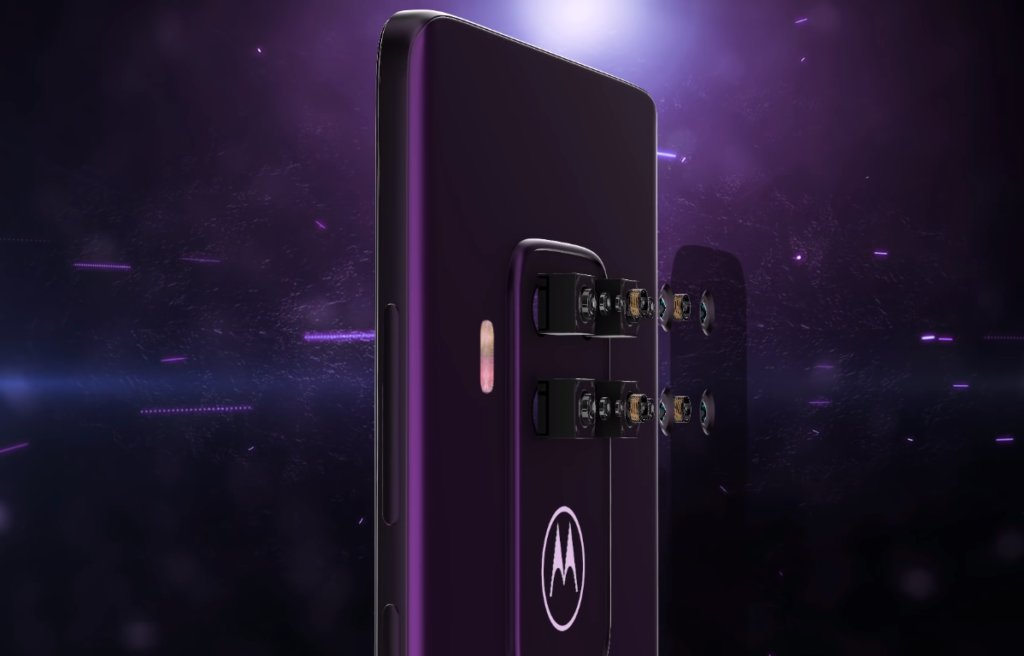
Front selfie camera
She is alone and made in the form of a small droplet. Takes photos in 25 MP, HDR is available, video is recorded in 1080p, 30fps.
This is all that is currently known about the photo ability of the firmware.
Comparison with competitors
Recall that the competitors: Huawei P20 Pro (up to 40,000 rubles), OnePlus 6T (up to 44,000 rubles), Huawei Mate 20 (up to 42,000 rubles).
Material
- One Pro is made of glass and aluminum alloy;
- Huawei P20 Pro - metal, glass;
- OnePlus 6T - metal, glass;
- Huawei Mate 20 - metal, glass.
Iron
Comparing the processors of these devices is pointless, since the Qualcomm Snapdragon 855 is undeniably the best among them in all tests and use in life, while competitors have a lower processor level.
Camera
It is now known that only one One Pro camera will be 48 MP, the front camera will be 25 MP.
- Huawei P20 Pro - 40 MP + 20 MP + 8 MP, 24 MP;
- OnePlus 6T - 16 MP + 20 MP, 16 MP;
- Huawei Mate 20 - 12 MP + 16 MP + 8 MP, 24 MP;
Screen
The firmware has a Super Amoled matrix.
- Huawei P20 Pro - OLED;
- OnePlus 6T - AMOLED;
- Huawei Mate 20 - IPS;
Battery
- Motorola One Pro has a 4000 mAh battery.
- Huawei P20 Pro - 4000 mAh;
- OnePlus 6T - 3700 mAh;
- Huawei Mate 20 - 4000 mAh.
Conclusion
It turns out that the brand new phone from Motorola will be the best for its price in all respects.
Pros and cons
Among the advantages can be identified:
- large battery capacity;
- latest iron;
- the presence of NFC;
- headphone jack.
Among the minuses only:
- poor design of four cameras on the back side.
new entries
Categories
Useful
Popular Articles
-

Top ranking of the best and cheapest scooters up to 50cc in 2025
Views: 131650 -

Rating of the best soundproofing materials for an apartment in 2025
Views: 127689 -

Rating of cheap analogues of expensive medicines for flu and colds for 2025
Views: 124518 -

The best men's sneakers in 2025
Views: 124032 -

The Best Complex Vitamins in 2025
Views: 121939 -

Top ranking of the best smartwatches 2025 - price-quality ratio
Views: 114979 -

The best paint for gray hair - top rating 2025
Views: 113394 -

Ranking of the best wood paints for interior work in 2025
Views: 110318 -

Rating of the best spinning reels in 2025
Views: 105328 -

Ranking of the best sex dolls for men for 2025
Views: 104365 -

Ranking of the best action cameras from China in 2025
Views: 102215 -

The most effective calcium preparations for adults and children in 2025
Views: 102011


